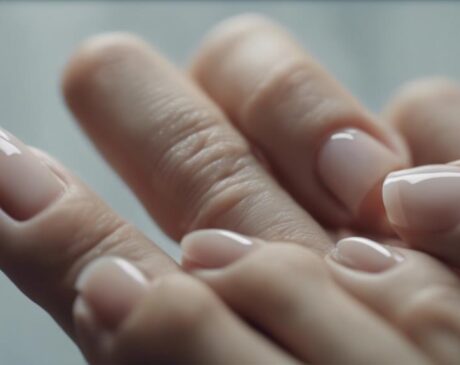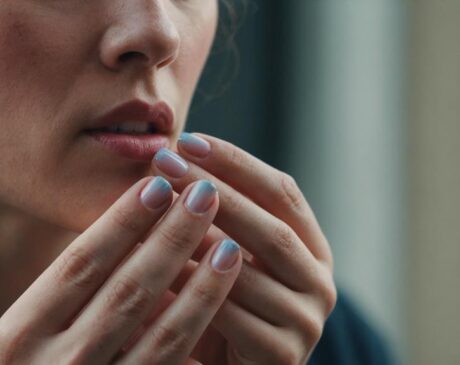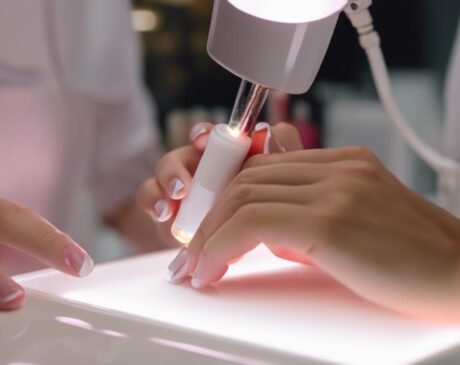How Do You Know if Gel Is Undercured?
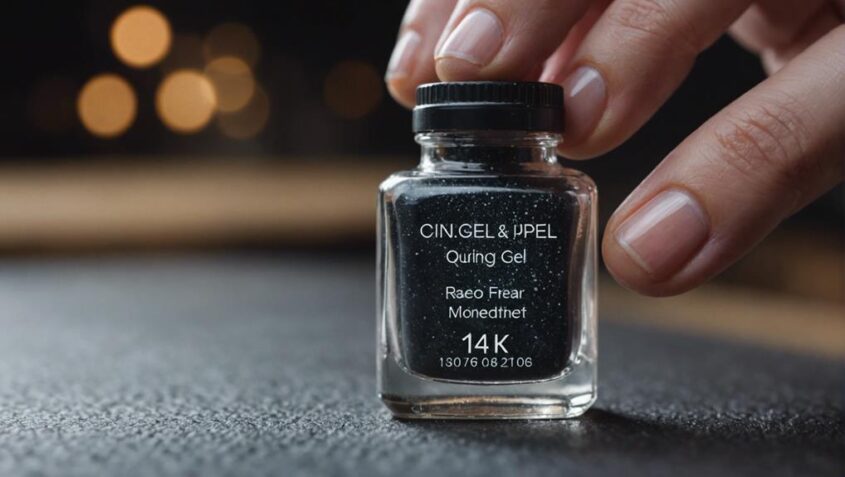
Identifying undercured gel includes checking for tacky residue, softness, or dullness. These signs affect the appearance and can lead to health risks like infections or weakening of nails. Testing methods like peel or hardness tests can confirm undercuring. Preventive measures involve quality products, proper application, and following instructions diligently. Home fixes may include stronger lamps or additional curing time. Seeking professional help is advised for specialized solutions and assessments. Understanding these signs and taking appropriate actions are crucial for nail health and longevity. More insights on preventing, testing, and fixing undercured gel are available in the detailed information provided.
Key Takeaways
- Tacky or sticky residue on nails after curing.
- Soft or flexible gel texture post-curing.
- Cloudy or dull finish instead of vibrant shine.
- Potential damage, smudging, or dullness.
- Uncured gel may lead to health risks and nail damage.
Common Signs of Undercured Gel
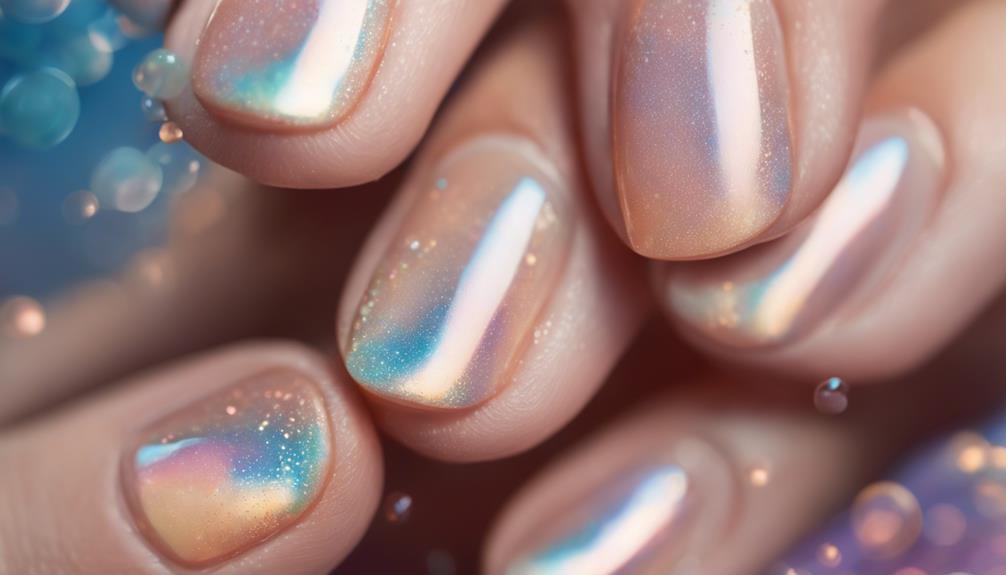
Identifying undercured gel in nail applications can be determined by observing specific indicators that signal incomplete curing of the product. One common sign of undercured gel is tacky or sticky residue left on the nails after the curing process. This tackiness indicates that the gel has not fully hardened, leading to potential smudging or damage to the nail design. Another indicator is soft or flexible gel, which can easily peel or lift from the nail surface. This lack of proper curing compromises the durability of the manicure. Additionally, undercured gel may appear cloudy or have a dull finish instead of the expected glossy shine. This cloudiness suggests that the gel layers did not bond correctly during curing, affecting the overall aesthetic of the nail application. By recognizing these signs of undercured gel, nail technicians can take corrective actions to ensure a flawless and long-lasting manicure for their clients.
Impact on Nail Appearance
Undercured gel can lead to visual dullness and an uneven texture on the nails. These issues can detract from the overall appearance of the manicure, giving it a less polished and professional look. Proper curing is crucial to achieve a smooth and glossy finish that enhances the nail's appearance.
Visual Dullness
Experiencing visual dullness on gel nails can detract from the overall appearance and quality of a manicure. When gel nails appear dull, they lack the vibrant shine that customers desire. This lack of luster can make the nails look unpolished and unprofessional. To combat visual dullness, technicians can ensure proper curing times and techniques are followed. Additionally, using high-quality gel products and top coats can help maintain a glossy finish. Innovation in the formulation of gels and topcoats is constantly evolving to address this issue, providing solutions that offer long-lasting shine and vibrancy. By staying informed about the latest advancements in gel nail technology, technicians can elevate the visual appeal of their manicures and keep clients satisfied.
Uneven Texture
When gel nails display an uneven texture, it can significantly impact the overall appearance and perceived quality of a manicure. The texture of a gel nail surface should ideally be smooth and consistent to achieve a polished look. Uneven textures can result from improper application techniques, insufficient curing times, or using low-quality products. These inconsistencies can detract from the visual appeal of the nails, making them appear unprofessional and unfinished. Clients seeking innovative and flawless nail designs expect a smooth and flawless finish, making it essential to address any uneven textures promptly. To ensure customer satisfaction and maintain high standards of nail artistry, technicians must pay close attention to achieving a uniform texture in gel manicures.
Potential Health Risks
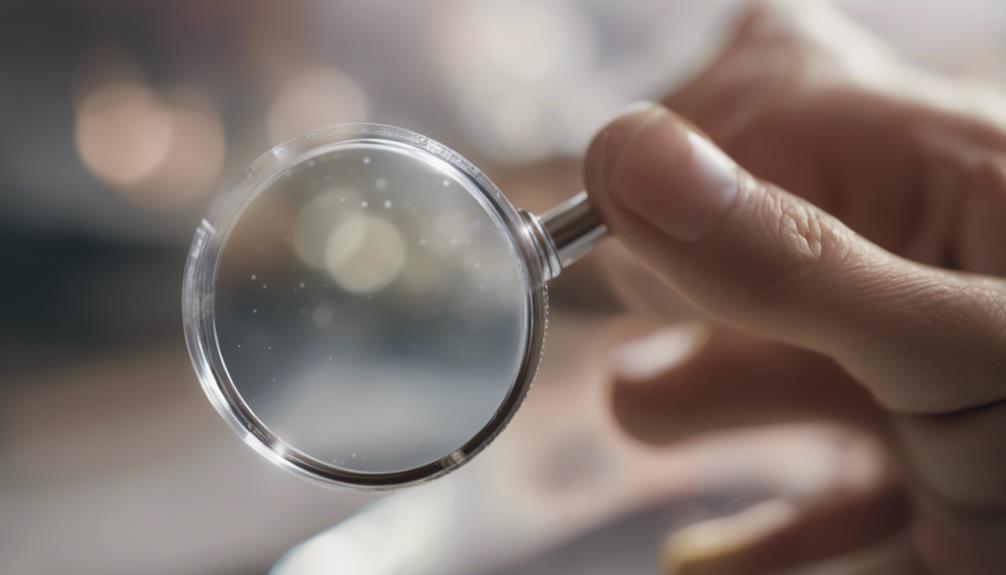
Exploring the potential health risks associated with undercured gel is crucial for understanding the implications on one's well-being. From nail infections to weakened nail structures, the effects on nail health can be significant when gel polish is not adequately cured. Moreover, individuals may also be at risk of experiencing allergic reactions to the uncured substances, highlighting the importance of proper curing techniques in nail care practices.
Health Risks of Undercured Gel
Identifying the potential health risks associated with undercured gel is crucial for ensuring the safety of individuals using gel products. Undercured gel can lead to various health issues, primarily skin irritation and allergic reactions. When gel polish is not adequately cured, the uncured chemicals can remain on the nail bed and skin, causing irritation, redness, itching, and in severe cases, allergic dermatitis. Prolonged exposure to undercured gel may also result in nail damage, such as weakening, peeling, or even fungal infections. Moreover, the risk of bacterial growth increases when gel is not properly cured, leading to potential infections. Therefore, it is imperative to prioritize proper curing techniques to mitigate these health risks and ensure the well-being of individuals using gel products.
Effects on Nail Health
Proper curing of gel products is essential to prevent potential health risks and maintain nail health. Improperly cured gel can have detrimental effects on the nails, leading to various issues. Some effects on nail health include:
- Increased risk of fungal infections due to trapped moisture.
- Weakening of the natural nail structure over time.
- Discoloration and yellowing of the nails.
- Peeling or lifting of the gel layers, causing damage to the nail bed.
- Potential for bacterial growth in the uncured gel layers.
It is crucial to prioritize proper curing techniques to ensure the longevity and health of your nails.
Allergic Reactions Possible
Allergies to gel products present potential health risks that individuals should be aware of when undergoing nail treatments. While gel manicures are a popular choice for long-lasting and glossy nails, some people may experience allergic reactions to the chemicals present in the gel formula. These reactions can range from mild irritation to more severe symptoms like redness, swelling, or itching. It is essential for both technicians and clients to be vigilant and proactive in recognizing and addressing any signs of an allergic response promptly. Below is a table highlighting common allergens found in gel products:
| Allergen | Symptoms | Precautions |
|---|---|---|
| Formaldehyde | Irritation, redness | Use formaldehyde-free products |
| Toluene | Headaches, dizziness | Ensure good ventilation during application |
| Methacrylates | Itching, swelling | Consider patch testing before full application |
Testing Gel Curing

To assess the effectiveness of gel curing, a series of standardized tests can be conducted to ensure the proper hardening of the gel. By implementing innovative testing methods, technicians can guarantee optimal results in gel nail treatments. Here are five key tests to verify gel curing:
- Peel Test: Apply adhesive tape to the cured gel surface, then swiftly peel it off. If the gel peels off with the tape, it indicates inadequate curing.
- Rockwell Hardness Test: This test measures the hardness of the gel surface using a Rockwell hardness tester, ensuring it meets the desired level of hardness.
- Thermal Imaging: Utilize thermal imaging cameras to detect any temperature variations during the curing process, providing insights into the uniformity of gel hardening.
- UV Light Measurement: Measure the UV light intensity during curing to confirm that the gel is exposed to a sufficient amount of light for proper hardening.
- Flexibility Assessment: Evaluate the flexibility of the cured gel to ensure it possesses the right balance between hardness and flexibility for durability.
Preventing Undercured Gel
In the realm of gel nail treatments, ensuring thorough curing is essential to prevent undercured gel. To prevent this common issue, innovation in gel nail technology has led to the development of various strategies. Firstly, using high-quality LED or UV lamps with adequate wattage and proper light spectrum is crucial. These lamps ensure uniform curing and prevent undercured patches. Secondly, applying thin layers of gel polish is key. Thick layers are more prone to undercuring as light penetration may be insufficient. Additionally, utilizing a base coat specifically designed to enhance adhesion and promote even curing can help prevent undercured gel. Lastly, following the manufacturer's instructions meticulously, including recommended curing times for each layer, is fundamental. By incorporating these innovative techniques into your gel nail application process, you can significantly reduce the risk of dealing with undercured gel, resulting in longer-lasting and flawless gel manicures.
Fixing Undercured Gel at Home
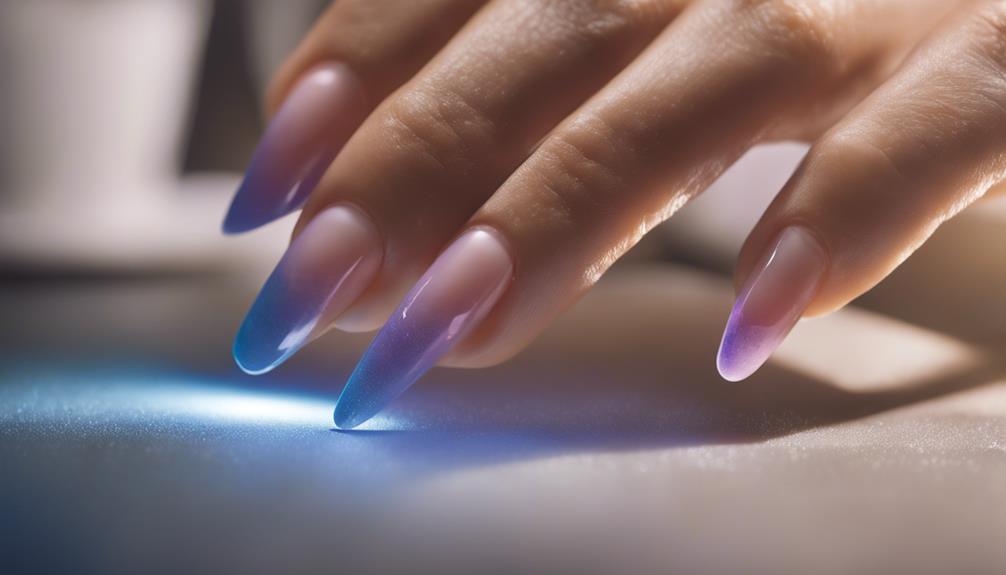
What measures can be taken to rectify undercured gel in a home setting? When faced with undercured gel nails, there are several innovative solutions you can try at home to fix the issue before seeking professional help. Here are five effective methods:
- Use a Higher Wattage Lamp: Try curing the undercured gel nails under a higher wattage lamp to ensure proper curing of the gel.
- Extend Curing Time: If the gel nails are undercured, try extending the curing time by a few more minutes to allow the gel to harden adequately.
- Apply Additional Gel: Apply a thin layer of fresh gel over the undercured nails and cure them again to ensure proper hardening.
- Buff and Reapply: Gently buff the undercured gel nails to remove the uncured layer, then reapply a fresh layer of gel and cure it properly.
- Use a Gel Polish Curing Top Coat: Apply a gel polish curing top coat over the undercured gel nails and cure them again to help harden the gel.
Seeking Professional Help
Professional expertise is essential when addressing persistent issues with undercured gel nails that home remedies fail to resolve effectively. While DIY solutions can sometimes work, complex cases of undercured gel may require the specialized knowledge and tools that only a professional nail technician can provide. Seeking professional help not only ensures a more thorough assessment of the problem but also opens the door to innovative solutions that can rectify the issue with precision.
Professional nail technicians have access to advanced techniques such as LED or UV light therapy, specialized products designed to fix undercured gel, and the expertise to tailor a solution to your specific nail type. By consulting a professional, individuals can benefit from their extensive experience in dealing with a variety of nail concerns and their ability to stay updated on the latest industry developments. Furthermore, a professional assessment can identify any underlying issues contributing to the undercured gel problem, allowing for a comprehensive treatment approach that delivers lasting results. When home remedies fall short, seeking professional help is the key to achieving perfectly cured gel nails.
Frequently Asked Questions
Can Undercured Gel Cause Allergic Reactions?
Undercured gel may potentially cause allergic reactions due to uncured chemicals remaining on the nail bed. Proper curing ensures optimal polymerization, reducing the risk of adverse skin reactions. Consult with a professional nail technician for safe application.
Is It Safe to Mix Different Gel Brands?
Mixing different gel brands can lead to unpredictable results. Each brand has unique formulations that may not be compatible. For optimal performance and safety, it is recommended to stick with one brand for consistent and reliable results.
How Long Does It Take for Gel to Fully Cure?
The process of gel curing is a vital part of nail enhancement applications. Gel typically takes 30-60 seconds under a UV or LED lamp to cure fully. Understanding this timing ensures optimal results and client satisfaction.
Can Undercured Gel Damage Natural Nails?
Undercured gel can indeed damage natural nails as it may lead to peeling, chipping, and weakening of the nail structure. It is crucial to ensure proper curing time and technique to maintain nail health.
Can Undercured Gel Lead to Nail Infections?
Undercured gel can potentially lead to nail infections as it does not fully bond to the nail, creating gaps for bacteria to thrive. This highlights the importance of proper curing techniques in ensuring nail health.

